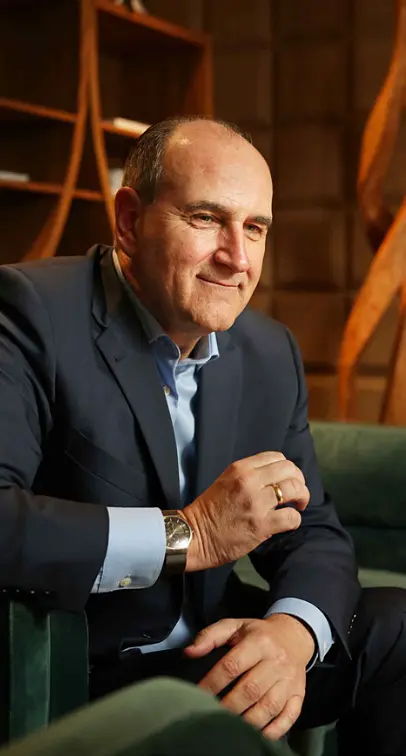THE WORLD’S #1 EXECUTIVE COACHING AND BUSINESS COACHING BLOG SINCE 2017.
How Business Coaching Can Drive Innovation and Growth
October 22, 2021 | Category: Blog, Executive Coaching
Innovative organizations have strong, innovation-focused leaders. Business coaching can teach leaders, who are not innovation-inclined, how to build a culture of innovation within their organization, thus ensuring its survival and future success.
More tightly linked to growth than ever, innovation is a phenomenon that starts at the top and trickles down to the lower levels of organizations. It draws its strength from the attitudes and abilities of the executive leadership, often from a single “rock star” CEO.
Business coaching can help leaders adopt attitudes conducive to innovation while identifying the levers that let them propagate an innovation-focused culture throughout their organization.
Leadership powers innovation.
Many leaders recognize the role of innovation as a top-three growth driver for their companies. Yet, these same leaders tend to fail to create and sustain an environment that stimulates innovation.
How Business Coaching Can Help Drive Innovation
To effectively cultivate innovation and an organizational culture friendly to it, one needs more than rigid processes and structures. While these elements are essential, they are insufficient to support the development of an innovation-focused culture.
In the absence of executive coaching, leaders likely default to such structures and processes to push through change. Thus, their efforts fail to yield the expected results, and the gap widens between their innovation-focused aspirations and ability to execute.
Leadership coaching clarifies that the main drivers of innovation in an organization are the people and the corporate culture. And it can provide leaders with the tools to master these levers.
An executive coaching professional can guide leaders through the three steps that allow them to set the foundations of an innovative and competitive company.
Innovation and Leaders’ Strategic-management Agenda
Often, the strategic-management agendas of senior leaders focus on forecasts and budgeting only.
Leaders should strive to integrate innovation into their strategic-management agendas. This way, they can make it part of the strategic planning process of their organization while giving it a palpable dimension.
When part of the strategic planning process, innovation is:
- Manageable
- Trackable
- Measurable
- An integral part of the growth aspirations of the organization
Nothing encourages innovation more than making it a measurable part of your organization’s future.
Setting the Stage for Dynamic Innovation Networks
Above and beyond encouraging and talking about innovation, leaders can create an environment where it can thrive.
Executive coaching can help senior leaders sow the seeds of dynamic innovation networks comprising in-house talent while creating the circumstances such networks need to thrive and expand.
Through such an approach, leaders can circumvent disruptive and costly change programs yet commit to innovation on a more sustainable and efficient level.
Innovation and the Coaching Mindset
An organization-wide coaching culture relies on the coaching mindset and trust among employees, managers, and leaders. Such a culture represents fertile grounds for innovation. In a coaching-focused environment, stakeholders understand that their organization values their ideas and feedback.
At the same time, those with innovative ideas do not shoulder the responsibility for their possible failure alone. The organization provides a collective framework to manage and oversee risk.
Recognizing the Value @of Failure
Some leaders are afraid of failure. Visionary, innovative leaders are not.
Take some of Elon Musk’s ideas as an example. SpaceX is pushing the frontiers of science and space exploration turning seemingly ludicrous ideas into reality. When someone balances on the cutting edge of what’s possible, failure is inevitable. Yet, there can be no progress without trial and error.
Jack Ma did not become the business magnate that he is because he shied away from risk. Steve Jobs’ approach was so revolutionary that few of his direct reports understood how he was going to achieve success.
A visionary sees what could be.
Innovative leaders look at something and see not what it is but what it could be. For such people, failure is never more than a stepping stone to success.
Innovation-focused Leadership
With innovation more than with anything else, leaders have to show the way through example. Active innovation-focused leaders send a strong message to their employees about the importance of creating value at scale through innovation.
Check out my books if you seek to understand how leadership coaching can help your organization create a culture of innovation.





